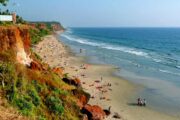Walk on the wild side of Mleiha!
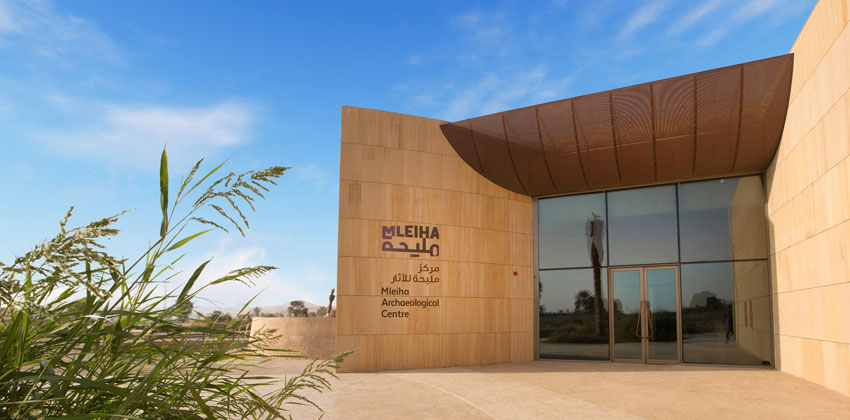
A trip to Mleiha is like stepping back in time. The past few decades of excavations have turned up more and more evidence, dating back as far as the Palaeolithic age, that establishes how important the region is archaeologically. Many of these discoveries can be experienced by visitors as part of the Archaeological Tours conducted by the Mleiha Archaeological Centre.
However, Mleiha is a lot more than just archaeology digs. It holds a vast field of exciting discovery for the nature lover as well. The region has a plethora of flora and fauna including some rare plants and animals that are not easily found elsewhere.
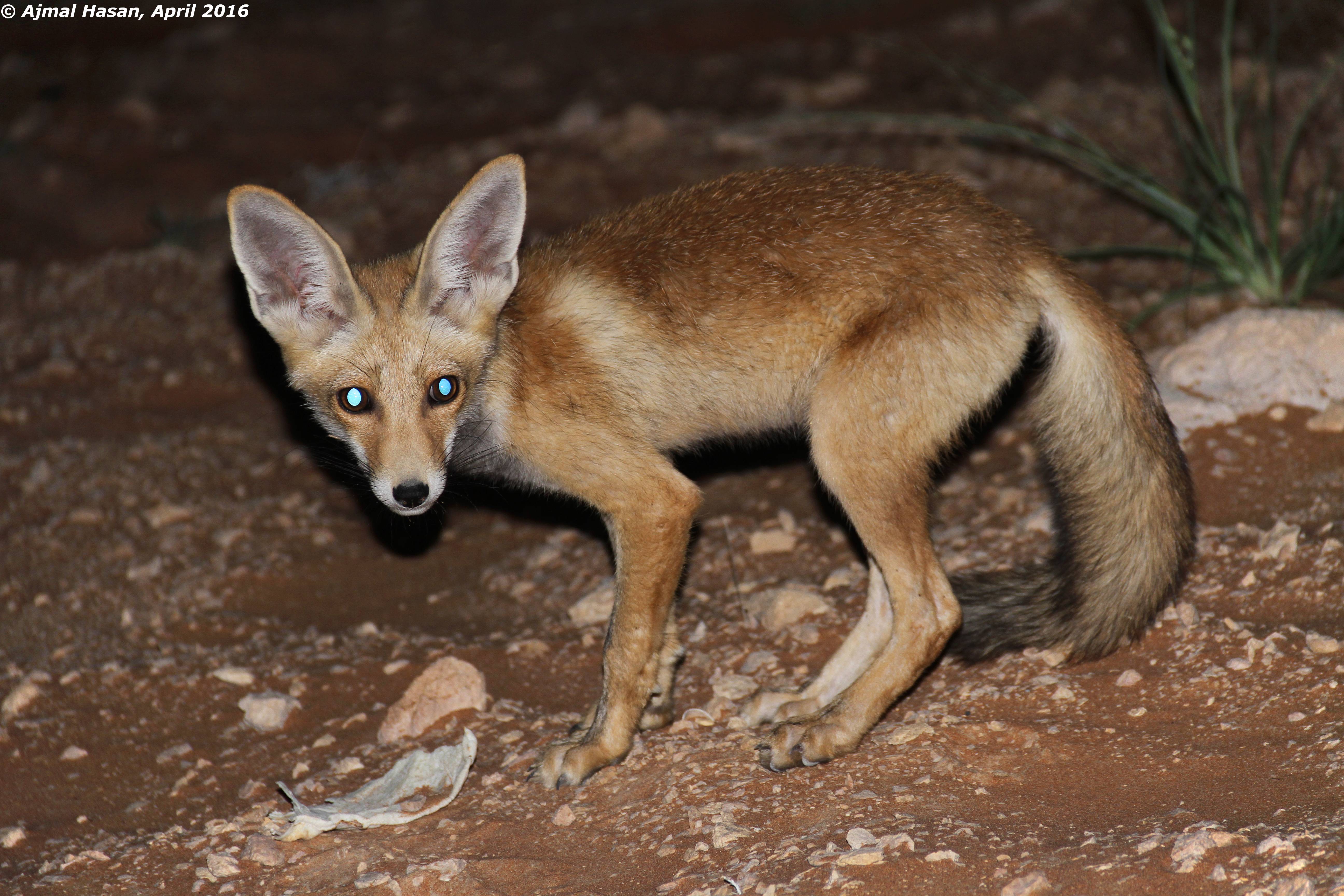
The topography of Mleiha is so diverse that you will find the landscape changing every few kilometres, with the rolling sand dunes suddenly merging into alluvial gravel plains and limestone outcrops suddenly popping up to enliven the scenery. Such diversity naturally allows rare plants and animals to inhabit and thrive in this terrain.
The reason why these diverse elements have survived and flourished in the area is due to the foresight of the Mleiha Archaeological and Eco-tourism Project. Established by the Sharjah Investment and Development Authority (Shurooq), the project has been implemented by a team of experts to restore and protect the flora and fauna of the site.
“The Mleiha dessert landscape is a beautiful yet tough environment to survive in. The fauna and flora that call this place home have had to adapt to a desert that has scorching hot summers and cool wet winters. This has led to many interesting adaptations in the wildlife and plant life found on the dunes and rocky outcrops of Mleiha,” said Tharindu K.W.A., a wildlife expert at the centre.
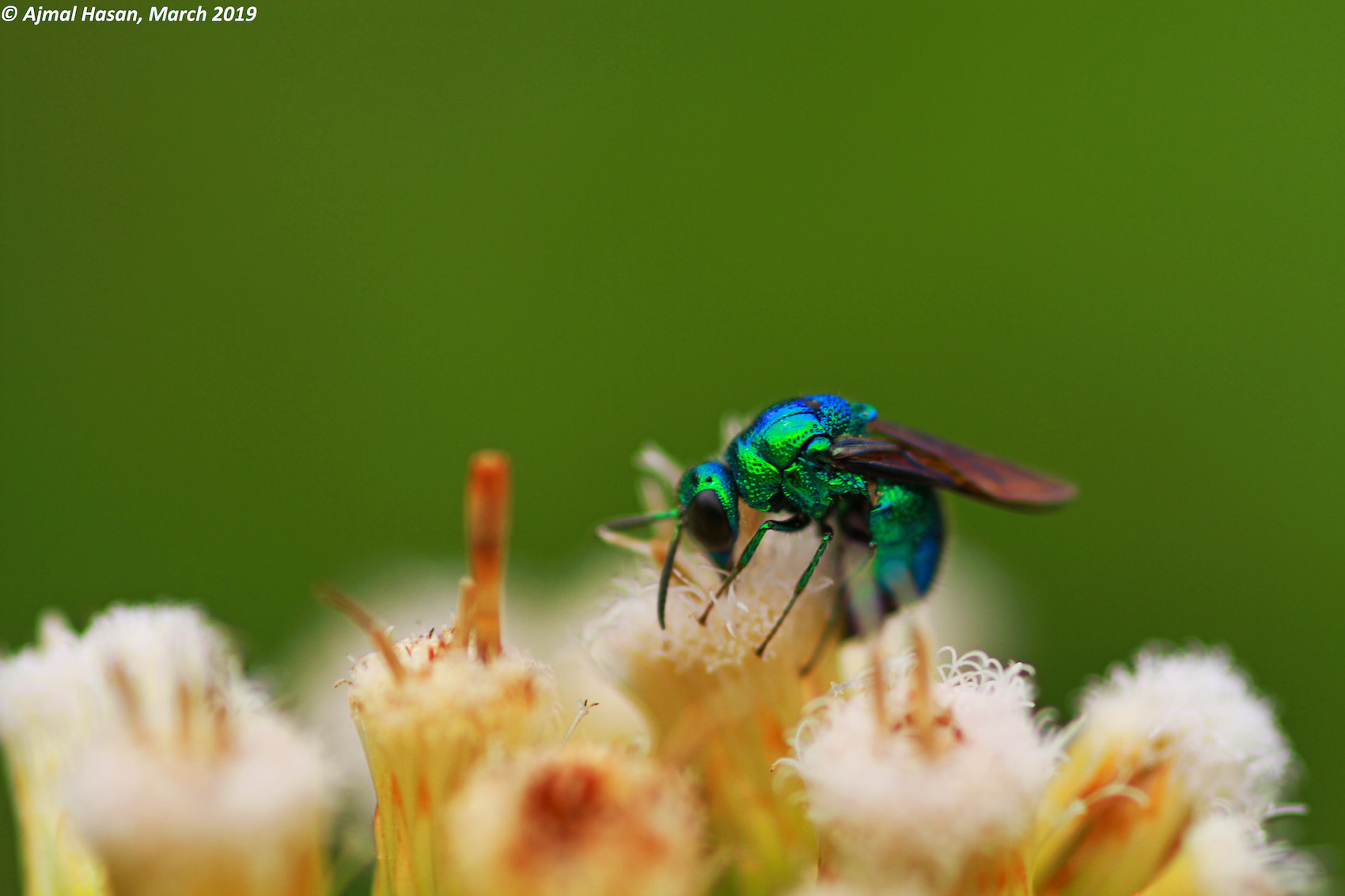
The Mleiha region teems with life of all shapes and sizes. Many fascinating species of mammals, reptiles, insects, plants and desert succulents have cleverly adapted themselves to the harsh environs and made it their home for hundreds of thousands of years.
With water being a major limiting factor, the desert plants here have adapted to survive with whatever is available. “Plants like the Umbrella thorn acacia (Acacia tortilis) have shrunk the size of their leaves to reduce water loss and have developed massive thorns to keep predatory grazers away. UAE’s national tree, the Ghaf (Prosopis cineraria) survives the arid conditions in the dunes by sinking roots extremely deep into the earth to reach the underground water aquifers,” said Tharindu. You can also find the beautiful Arabian primrose and the aptly named popcorn plant here, a sight that will make one rethink the idea of a desert being a barren region.
Animals look underground for relief as well, with most species living underground in burrows or rocky crevices to escape the heat of the day, only coming out at night when its cooler. “Some species like the sand fish (Scincus mitranus) and sand boa (Eryx jayakari) avoid the sun altogether, simply living under the sand for most of their lives, ‘swimming’ through the sand to get around and find food,” said Tharindu.
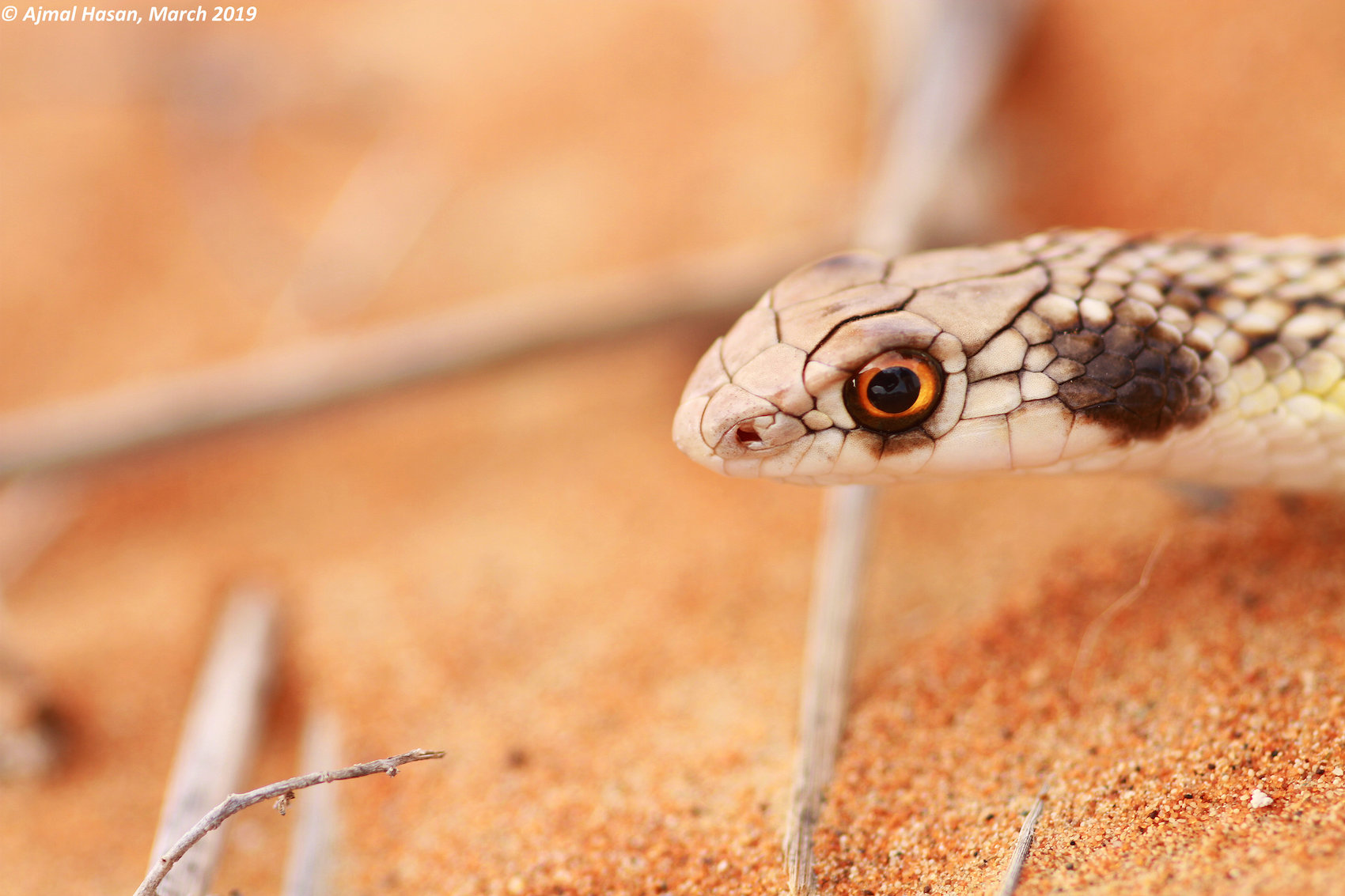
Many species of insects such as blister beetles, cuckoo wasps and jewel beetles, among many others, can sometimes disrupt the calm serenity of the desert with their busy activity. Donkeys and camels have made this their natural habitat and can be seen roaming around freely. However, the famous Arabian red fox is a stealthy resident and rarely spotted as it chooses to forage the deserts at night.
“There is much to learn about these plants and animals along with so much more at the Mleiha Archaeological Centre. We have many packages that cater to the wildlife enthusiast in all of us. Whether it be our fauna and flora workshops or the early morning nature hike that comes with our overnight camps, there is a lot to see and learn. So, come join us at Mleiha and have an expert from our education team teach you about this stunning piece of UAE’s desert landscape,” said Tharandu.
Apart from the Adventure Trek package, the centre also has the Archaeological Tour package, where you can tour different man-made buildings – forts, cemeteries, the communal kitchen, among others – from various historical periods, as well as visit natural formations nearby such as Fossil Rock, Valley of the Caves, and Camel Rock.
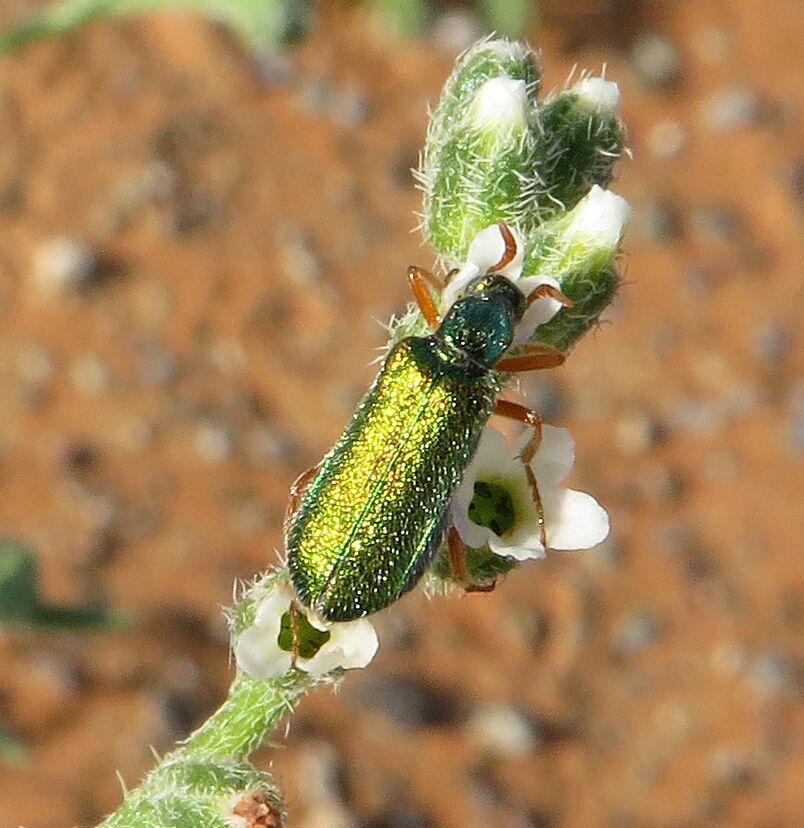
The centre’s well-curated exhibitions, interactive displays and artefacts provide an introduction to the past and allows you to travel back thousands of years to see the UAE in its nascent stages of existence. There are several sports packages as well for adrenaline junkies, including dune bashing, all specially designed keeping in mind the eco-sensitive nature of the region.
All the guides are either palaeontologists, archaeologists, history enthusiasts or wildlife experts.
Visitors to Mleiha Archaeological Centre can get all the information they need about the destination at: http://www.discovermleiha.ae/



